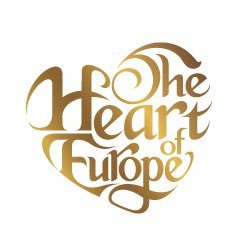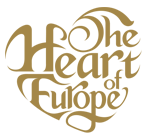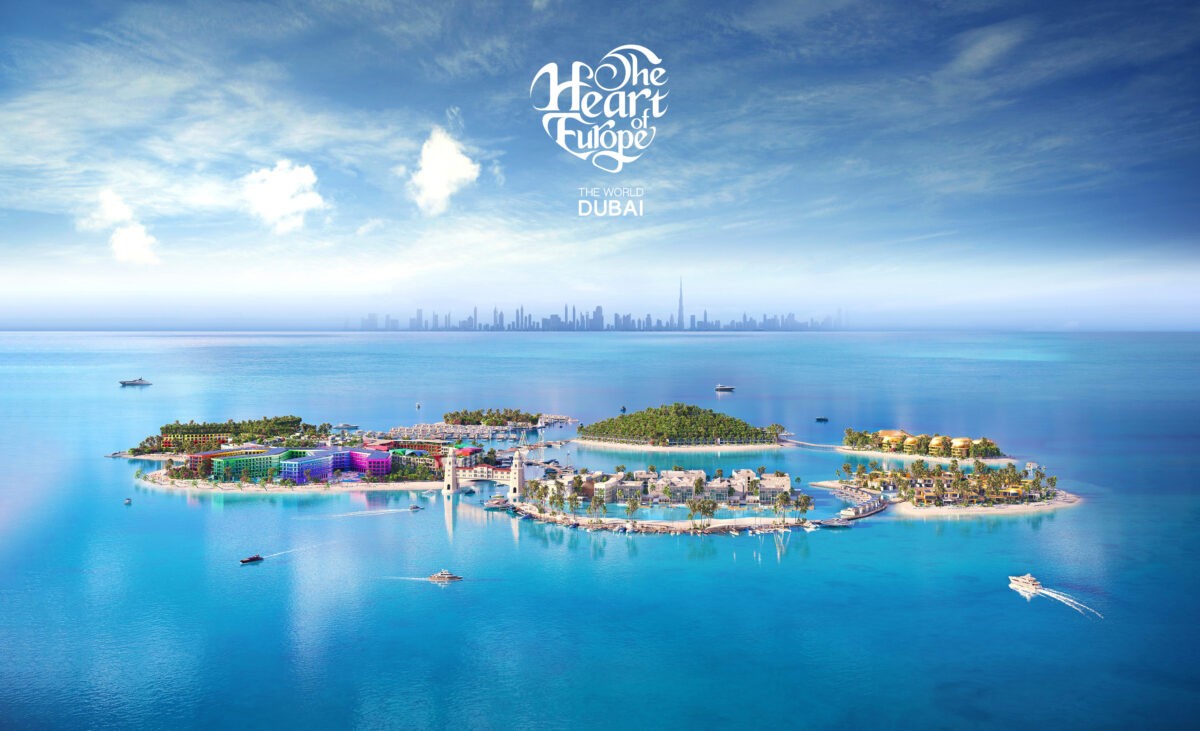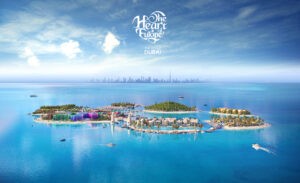
The Heart of Europe promotes sustainable island living in Dubai, standing as a true testament to the city’s green project initiatives.
Artificial island properties are increasingly aligned with the global shift toward sustainable infrastructure. The UAE has committed to achieving net zero carbon emissions by 2050, addressing previous concerns about the impact of these artificial islands on the marine ecosystem. Today, sustainable living has become an integral aspect of modern luxury living. For those interested in investing in Dubai’s green initiatives, The Heart of Europe stands out for its eco-friendly practices.
The Importance of Green Projects
Green real estate in Dubai is a relatively new but rapidly growing concept. Investors and consumers worldwide are eagerly embracing sustainable luxury. Projects like The Heart of Europe are redefining eco-friendly opulence in Dubai, reinforcing the city’s status as a premier luxury destination. With the UAE investing $163 billion in environmental protection initiatives, The Heart of Europe enhances these efforts through its sustainability practices.
This artificial island project aims to be the world’s first luxury island with zero waste, zero microplastics, and zero pollution. The Heart of Europe exemplifies the possibility of achieving an opulent lifestyle without harming the environment by pioneering green concepts for large-scale luxury projects.
Sustainable Practices in The Heart of Europe Island Project
The Heart of Europe project addresses pollution with direct measures to minimize emissions. In addition to well-known methods, the project employs several notable sustainable practices:
Zero Paper Waste Initiative
Maintaining and developing a large-scale project like The Heart of Europe requires extensive record-keeping, and using traditional paper is avoided. Dubai’s large-scale initiative, ‘Digital Harmony,‘ promotes digitization. The Heart of Europe’s zero paper waste initiative aligns with this by focusing on digitizing internal processes, aiming for virtually zero paper waste from documentation and record-keeping. Digital signatures replace traditional pen and paper to further support sustainability.
Self-sufficient Infrastructure
The properties at The Heart of Europe are powered by solar energy, making it one of the few projects utilizing renewable energy. Solar power is a familiar concept in Dubai, which hosts the world’s largest concentrated solar program with a 950MW capacity. The self-sufficient nature of The Heart of Europe underscores the UAE’s commitment to sustainable energy. Over time, solar power will help the islands maintain their zero emissions status.
Zero Microplastics Policy
The Heart of Europe adopts a zero microplastics policy, ensuring the project does not release any microplastics into the environment, particularly the sea. Microplastics harm marine life, affecting species in the ocean. Fish that ingest microplastics experience difficulties in eating and digesting food, delayed growth, and overall poor development. By banning microplastics and eliminating their sources from construction materials, everyday-use items, and waste, The Heart of Europe aims to mitigate the damaging effects of microplastics on the environment.
Introduction of New Plant Species
The Heart of Europe integrates new plant species, including a rainforest with over 100 plant species. This initiative combines with the Raining Street, a climate-controlled street that remains cool during hot summers. Besides enhancing Dubai’s biodiversity, the rainforest serves an educational pursuit for the broader community.
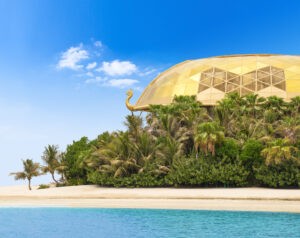
The Heart of Europe exemplifies sustainable island living. Initiatives at both the project and individual levels contribute to maintaining this project’s 100% emission-free status. As a case study for Dubai’s green projects, The Heart of Europe offers a unique investment opportunity for those interested in participating in sustainable luxury.
Follow us on Facebook, Instagram, LinkedIn, X, and YouTube for latest updates.
